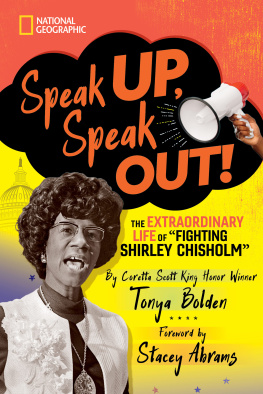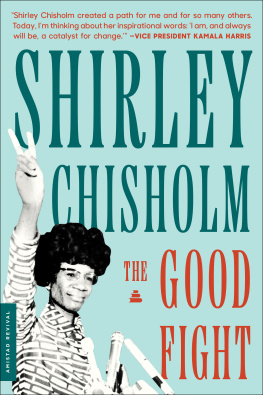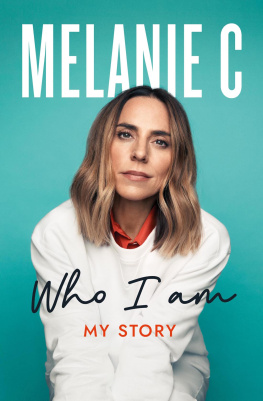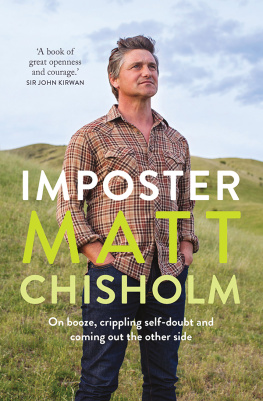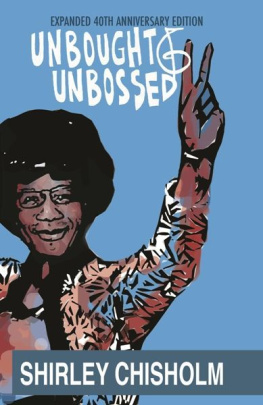Contents
Guide
Published by National Geographic Partners, LLC
Text copyright 2022 Tonya Bolden
Compilation copyright 2022 National Geographic Partners, LLC
All rights reserved. Reproduction of the whole or any part of the contents without written permission from the publisher is prohibited.
NATIONAL GEOGRAPHIC and Yellow Border Design are trademarks of the National Geographic Society, used under license.
Since 1888, the National Geographic Society has funded more than 14,000 research, conservation, education, and storytelling projects around the world. National Geographic Partners distributes a portion of the funds it receives from your purchase to National Geographic Society to support programs including the conservation of animals and their habitats. To learn more, visit natgeo.com/info.
For more information, visit
nationalgeographic.com, call 1-877-873-6846, or write to the following address:
National Geographic Partners
1145 17th Street N.W.
Washington, DC 20036-4688 U.S.A.
For librarians and teachers:
nationalgeographic.com/books/librarians-and-educators
More for kids from National Geographic: natgeokids.com
National Geographic Kids magazine inspires children to explore their world with fun yet educational articles on animals, science, nature, and more. Using fresh storytelling and amazing photography, Nat Geo Kids shows kids ages 6 to 14 the fascinating truth about the worldand why they should care. natgeo.com/subscribe
For rights or permissions inquiries, please contact National Geographic Books Subsidiary Rights:
Designed by Julide Dengel
Jacket design by Julide Dengel
Jacket copyright 2022 National Geographic Partners, LLC
ISBN 9781426372957 (ebook)
For Brooklyn!
In the pages of this book, you will explore the life of Shirley Chisholm with the help of newspaper articles and books from the time period. All quoted material appears exactly as it appeared in the source. We have capitalized Black when it is used outside of direct quotes and refers to a person or group of people, to reflect the shared identity of the Black community.
HISTORY HAPPENS EVERY DAY. IF WERE LUCKY, HOWEVER, WE CAN TRACE THE MOMENT OF ORIGIN, TRAVEL ALONG THE PATHWAYS OF DECISIONS MADE AND DISCOVER HOW THE WORLD AND REAL LIVES CHANGED. FOR ME, THAT IS SHIRLEY CHISHOLMS STORY.
I grew up in southern Mississippi, the daughter of a librarian and a shipyard worker. My parents cultivated a life for me and my five siblings that urged us to imagine opportunities beyond the limits of our environment. My mom and dad grew up during segregation in the Deep South, being told that because of their Blackness, they were inferior to their white peers. For my mother, being a girl was another challenge. Mom and Dad told us about the hardships of poverty and the meanness of laws that sent them to broken schools. They also told us about their time in the civil rights movement, when they marched and picketed and helped others register to vote. Even though they were young and still in school, my parents and their friends were social justice warriors. My parents made certain we knew the tales of civil rights leaders and the lesser-known foot soldiersthose who fought oppression but rarely received any recognition.
As much as my parents ensured we understood the terrible history of segregation, they also taught us to be present in our pursuit of justice. We volunteered in soup kitchens, homeless shelters, and juvenile detention centers. My parents took us with them to vote for every election. We discussed politics in our family as a way to learn about our responsibilities as citizens. Yet, until I was in high school, I had never heard of Shirley Chisholm. (In my parents defense, I may not have been paying attention.)
My first real encounter with the gutsy gentlelady from New York came when I watched a program about the 1972 presidential election. The retrospective detailed the chaotic race for the White House. Most of the attention focused on the two Georges: George McGovern, the eventual Democratic nominee, and George Wallace, the avowed white supremacist. Congresswoman Chisholms historic candidacy received very little attention by comparison. In my high school, teachers made no mention of her being the first Black woman from a major political party to run for president of the United States.
How we imagine ourselves in the world often depends on what we know of our past. I could recount those whod sought to divide our nation during the Civil War and the newly freed Black men elected to Congress during Reconstruction. But I had not learned that Shirley Chisholm was Americas first Black woman in Congress. Our nations history as I knew it was incomplete. And so was I.
Representative Shirley Chisholm did not become president of the United States. She didnt have to do so to change the world. By daring to runfirst for Congress and then for the presidencyshe gifted us a story about possibility, about resilience, and about destiny. Her story became woven in the history of our nation, and her legacy has spurred the dreams of those who tried what had not been done before.
IF HARRIET TUBMAN, STOUT-HEARTED, AGGRESSIVE CONDUCTOR OF THE PRE CIVIL WAR UNDERGROUND RAILROAD, COULD BE REINCARNATED, HER SPIRIT WOULD UNDOUBTEDLY FIND COMFORTABLE LODGINGS IN SHIRLEY ST. HILL CHISHOLM
EVERY IDENTITY OF THE FORMER FINDS FRESH REFLECTION IN THE LATTERSHORT STATURE, DARK SKIN, SPARKLING EYES, RAW COURAGE, COMBATIVENESS, AND A FIERCE TENACITY FOR OVERCOMING OBSTACLES.

